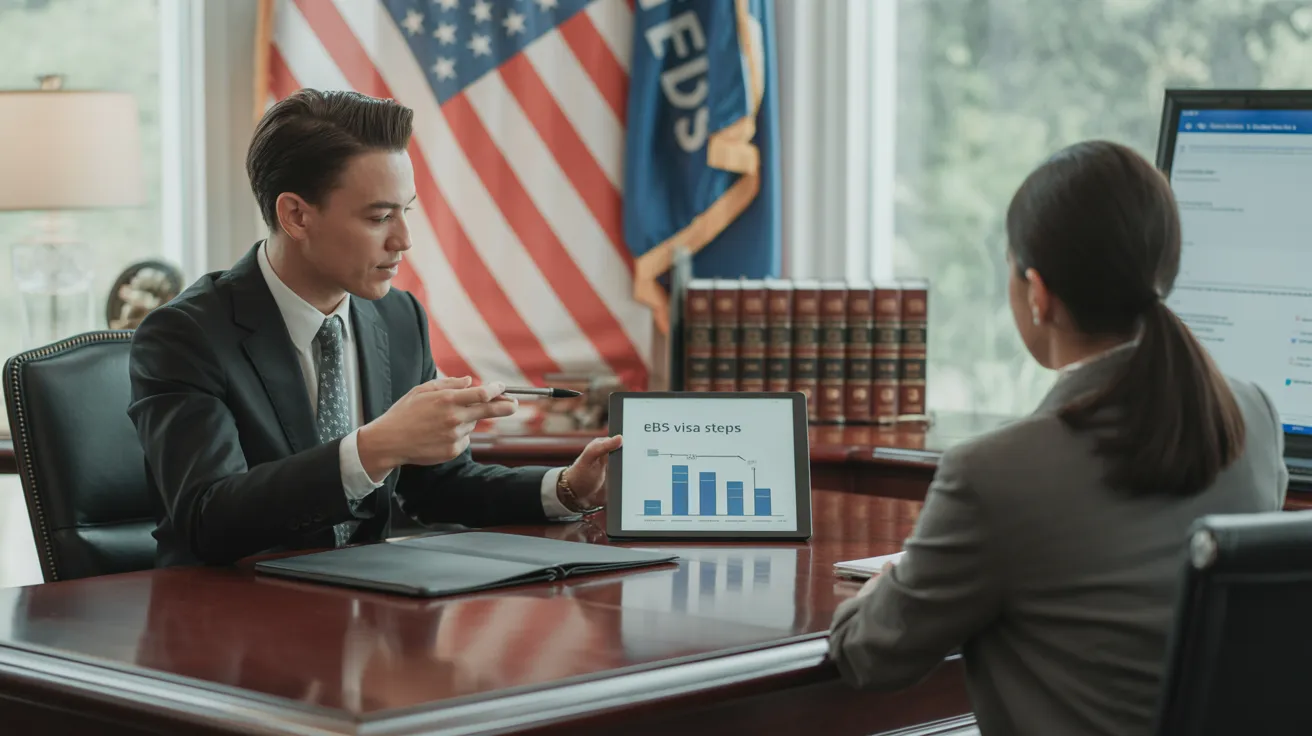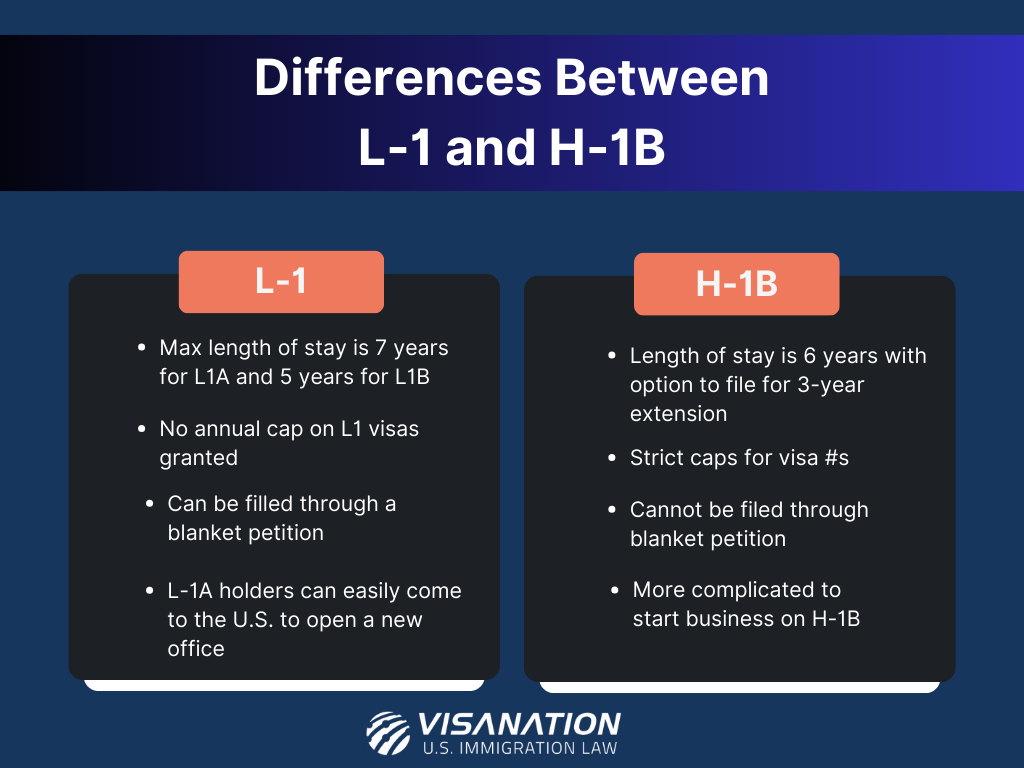The smart Trick of L1 Visa That Nobody is Talking About
Table of ContentsThe 2-Minute Rule for L1 VisaOur L1 Visa IdeasThe Facts About L1 Visa RevealedNot known Details About L1 Visa The Definitive Guide to L1 Visa4 Easy Facts About L1 Visa Shown
Readily Available from ProQuest Dissertations & Theses Worldwide; Social Science Premium Collection. (2074816399). (PDF). Congress. (PDF). DHS Workplace of the Assessor General. (PDF). (PDF). "Nonimmigrant Visa Statistics". Recovered 2023-03-26. Division of Homeland Protection Office of the Inspector General, "Testimonial of Susceptabilities and Possible Abuses of the L-1 Visa Program," "A Mainframe-Size Visa Loophole".
U.S. Division of State. Fetched 22 August 2016. "Employees paid $1.21 an hour to mount Fremont tech company's computers". The Mercury Information. 2014-10-22. Gotten 2023-02-08. Costa, Daniel (November 11, 2014). "Obscure short-term visas for foreign tech workers depress incomes". Capital. Tamen, Joan Fleischer (August 10, 2013). "Visa Owners Replace Employees".
A Biased View of L1 Visa
In order to be eligible for the L-1 visa, the international company abroad where the Recipient was used and the U.S. company must have a certifying relationship at the time of the transfer. The various kinds of qualifying relationships are: 1. Parent-Subsidiary: The Parent suggests a firm, company, or other lawful entity which has subsidiaries that it possesses and manages."Subsidiary" suggests a firm, firm, or other lawful entity of which a parent owns, directly or indirectly, greater than 50% of the entity, OR possesses less than 50% however has management control of the entity.
Example 1: Company A is integrated in France and uses the Beneficiary. Firm B is incorporated in the U.S. and intends to request the Beneficiary. Company A possesses 100% of the shares of Business B.Company A is the Moms And Dad and Business B is a subsidiary. There is a qualifying partnership between the two companies and Business B ought to be able to sponsor the Recipient.
Business An owns 40% of Firm B. The remaining 60% is owned and managed by Firm C, which has no relationship to Firm A.Since Firm A and B do not have a parent-subsidiary partnership, Company A can not sponsor the Beneficiary for L-1.
Business A has 40% of Company B. The remaining 60% is possessed by Company C, which has no connection to Business A. Nevertheless, Business A, by formal arrangement, controls and full takes care of Business B.Since Business An owns less than 50% of Company B but handles and controls the company, there is a certifying parent-subsidiary partnership and Business A can sponsor the Recipient for L-1.
An Unbiased View of L1 Visa
Associate: An affiliate is 1 of 2 subsidiaries thar are both owned and managed by the exact same moms and dad or person, or possessed and managed by the exact same team of individuals, in generally the exact same ratios. a. Example 1: Business A is integrated in Ghana and utilizes the Beneficiary. Firm B is integrated in the U.S.
Firm C, additionally incorporated in Ghana, possesses 100% of Company A and 100% of Business B.Therefore, Business A and Firm B are "affiliates" or sister firms and a qualifying connection exists between both firms. Business B need to be able to sponsor the Recipient. b. Instance 2: Company find out more A is integrated in the U.S.
Company A is 60% owned by Mrs. Smith, 20% owned by Mr. Doe, and 20% had by Ms. Brown. Business B is integrated in Colombia and presently employs the Recipient. Business B is 65% owned by Mrs. Smith, 15% had by Mr. Doe, and 20% possessed by Ms. Brown. Business A and Business B are associates and have a qualifying partnership in two different ways: Mrs.
The L-1 visa is an employment-based visa classification established by Congress in 1970, enabling multinational companies to transfer their managers, execs, or key workers to their U.S. operations. It is typically referred to as the intracompany transferee visa.

Additionally, the recipient needs to have operated in a managerial, exec, or specialized worker setting for one year within the 3 years coming before the L-1A application in the foreign company. For brand-new office applications, foreign employment has to have remained in a managerial or executive ability if the beneficiary is coming to the USA to function as a supervisor or executive.
What Does L1 Visa Mean?

If provided for a united state firm operational for greater than one year, the initial L-1B visa is for as much as 3 years and can be expanded for an additional 2 years (L1 Visa). On the other hand, if the U.S. company is recently developed or has been functional for much less than one year, the first L-1B visa is issued for one year, with extensions available in two-year increments
The L-1 visa is an employment-based visa group established by Congress in 1970, enabling international business to move their supervisors, executives, or crucial employees to their U.S. operations. It is commonly referred to as the intracompany transferee visa.
Top Guidelines Of L1 Visa
Furthermore, the beneficiary should have functioned in a supervisory, exec, or specialized staff member setting for one year within the three years preceding the L-1A application in the international company. For brand-new workplace applications, foreign work has to have remained in a supervisory or executive capacity if the recipient is pertaining to the United States to work as get started a supervisor or executive.
for approximately seven years to supervise the procedures of the united state affiliate as an exec or manager. If provided for an U.S. company that has actually been functional for even more than one year, the L-1A visa is initially granted for up to three years and can be prolonged in two-year increments.
If given for an U.S. firm functional for even more than one year, the first L-1B visa is for as much as three years and can be extended for an additional two years. Conversely, if the united state company is freshly developed or has actually been functional for less than one year, the initial L-1B visa is issued for one year, with expansions available in two-year increments.